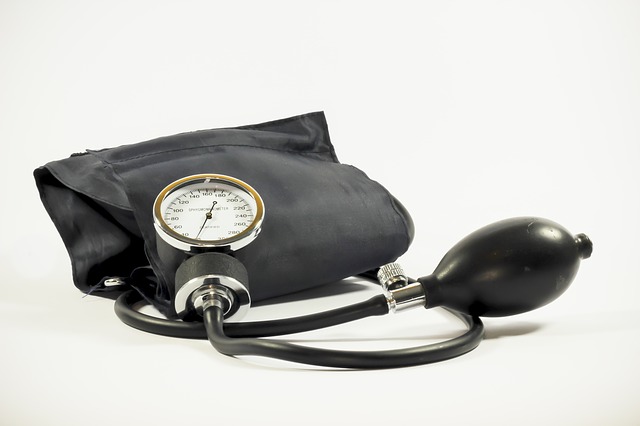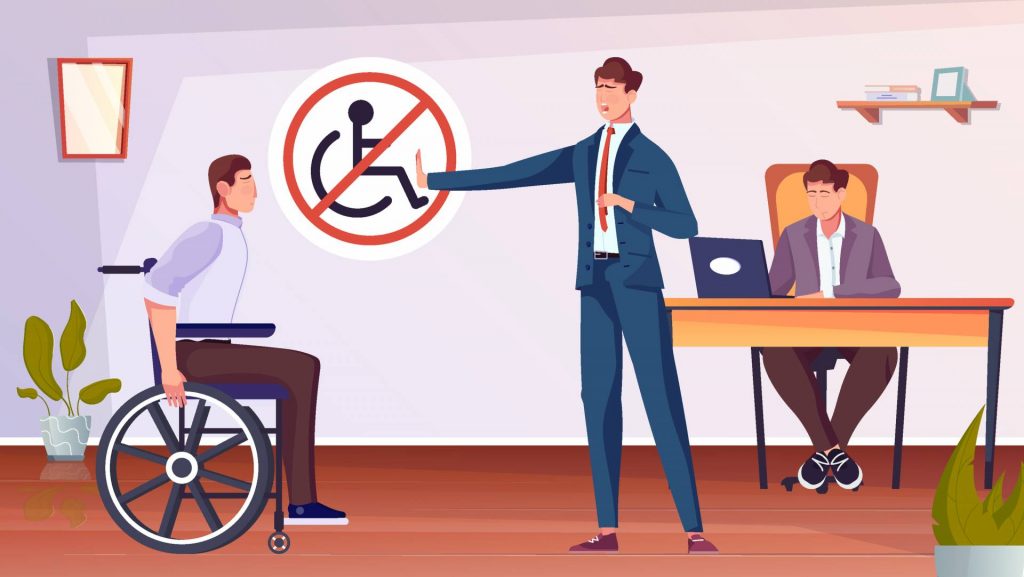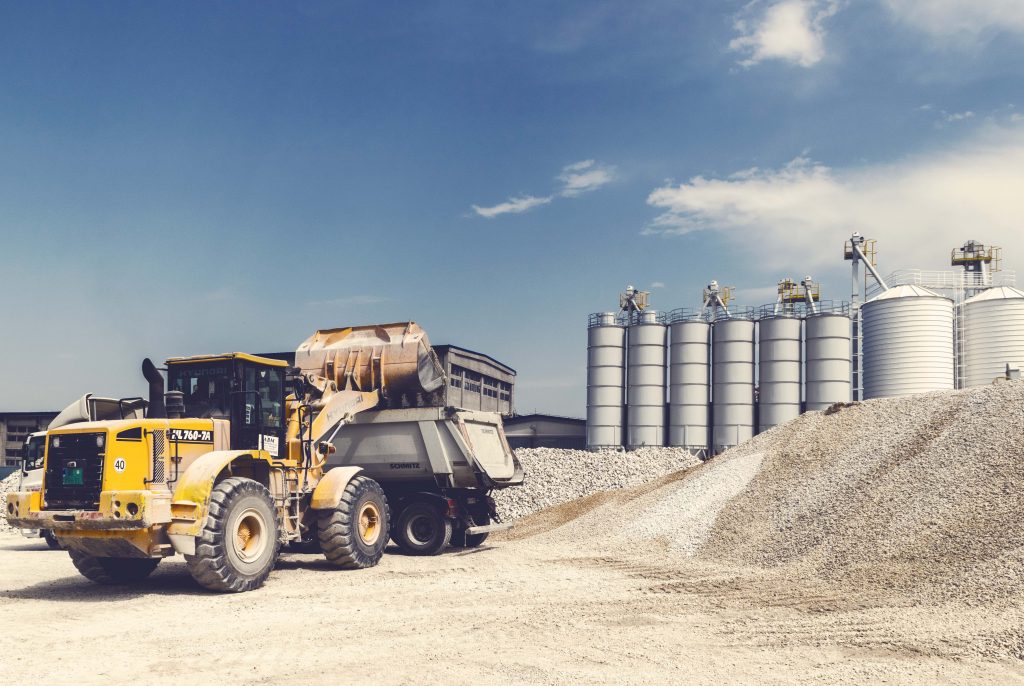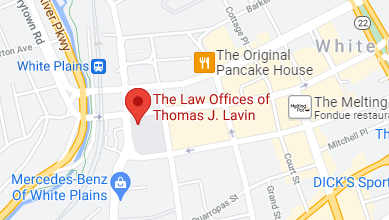What Role Does Weather Play in Slip and Fall Accidents?
There’s no question that weather can play a significant role in slip and fall accidents. If someone lives in a dry, warm climate where it rarely rains and never snows or freezes, they’re probably less likely to suffer a slip and fall injury, at least outdoors (wet floors being a hazard everywhere). However, in northern states like New York, rain, snow, and ice are all factors everyone must cope with. Weather can also affect indoor conditions as well, including parking ramps or garages that end up with slippery surfaces from drivers tracking in snow that melts.
These types of accidents are a leading cause of personal injury claims, and where the accident occurs determines who might be held responsible. Property owners need to keep their property safe for visitors, whether the property is private or public, such as a retail store. If weather causes an increased risk for injury, such as wet or icy sidewalks or parking areas, the property owner must take steps to mitigate that risk.
As any property owner who has faced a long winter can tell you, that’s not always easy. However, ignoring the situation violates the property owner’s responsibility to people who may have reason to visit, including customers at a store, guests at home, or even a mail carrier. Promptly shoveling or plowing sidewalks, alleys, driveways, and parking lots is one step. When the temperatures are adequate, salting outdoor surfaces to melt ice is recommended. Even putting up hazard signs warning people of slippery surfaces can help.
It should be noted that if people are trespassing (accessing someone else’s property illegally), they may not be able to sue for damages if they’re injured. This is a particularly complex part of slip and fall law. In some cases, the trespasser may still be able to sue. It’s necessary to work with an experienced personal injury attorney if you’re unsure of your rights in this situation.
Is There a Statute of Limitations for Filing Claims for a Slip and Fall Injury?
A statute of limitations is a legal period in which a victim has the ability to file claims for injuries. After the statute of limitations elapses, it’s nearly impossible to pursue legal remedies. Many personal injury cases, which include injuries from slip and fall accidents, are subject to a three-year statute of limitations. That means the victim must file claims three years from the accident date.
However, there are some exceptions to this. Suppose a local or state governmental entity is being pursued for injury damages. In that case, the victim must file a notice of claim (meaning they intend to file claims) to the relevant branch of government within 90 days of the incident. They then have one year to actually file the claim.
Another exception is if the victim is under 18. Because minors can’t legally enter into contracts, the statute of limitations doesn’t begin until they turn 18. They have until they turn 21 to file for damages. However, if the parents face significant medical bills, they can file them on behalf of the minor, but they must adhere to the original three-year deadline.
What Are New York’s Comparative Negligence Laws?
Comparative negligence is a legal concept that comes into play when more than one party may be at fault for an accident. For example, someone is injured when they slip and fall on a sidewalk without any ice and snow remediation. But the injured person is under the influence of alcohol and wearing footwear not meant for slippery conditions. The injured person could be found somewhat at fault for the accident. Across the U.S., each state uses one of three approaches to this type of situation:
- Contributory negligence. This states that if the victim is even 1% responsible for the injury, they can’t file for damages.
- Modified comparative negligence. This finds that if the victim is either 50% or 51% at fault (depending on the state), they can’t file for negligence.
- Pure comparative negligence. The victim can be up to 99% at fault for the accident and still damages awarded. In the example above, the victim may be found 30% at fault and be awarded $10,000 in damages. They’d receive $7,000–$10,000 minus 30%.
New York is a pure comparative negligence state, which means the other party will be highly motivated to have as much blame assessed onto the victim as possible. That’s why you should work with an experienced slip and fall injury attorney who understands what tactics they’ll use and how to counter them.
What Should I Do if I Was Injured in a Slip and Fall Accident?
Call the Law Offices of Thomas Lavin at 718-829-7400 for a free case evaluation. Filing for damages for injuries from slip and fall accidents can be complicated. Each case is unique, and we can guide you through the specifics of your case to determine the best approach and what the likely outcomes will be.
Note: It’s crucial that you don’t communicate with the other party’s insurance representatives or lawyers. Because of New York’s pure comparative negligence laws, they’ll want you to accept as much fault for the injury as possible to avoid paying out. They might also try to get you to agree to a much lower settlement than you might be eligible for. Refer all communications to your attorney.






